31.10.2017
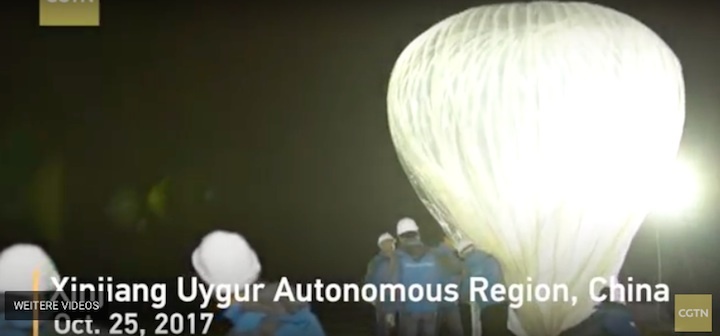
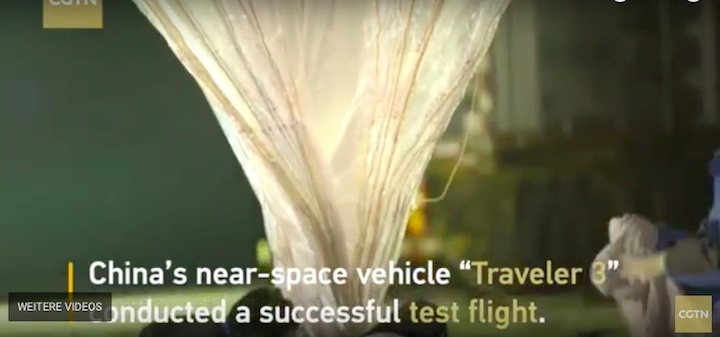
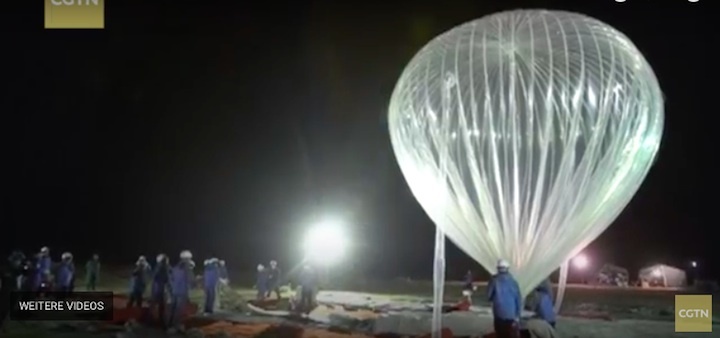
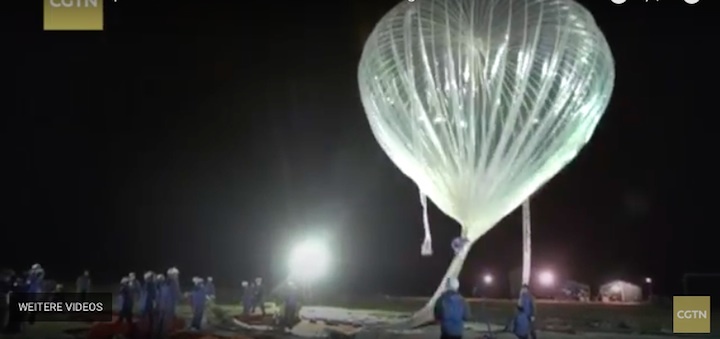
A Chinese company sent a turtle to near space last week in a successful test of a helium-filled craft, marking a step forward in the firm's space tourism plans.
Traveller 3, developed by the Shenzhen-based Kuang-Chi Group, was launched at 03:57 on October 25 from Xinjiang Uygur Autonomous Region in northwest China.
The helium-filled balloon and capsule rose to an altitude of around 21,000 metres above sea level, expanding to a diameter of around 18.8 metres with a volume of 2,150 cubic metres.
The craft and the yellow-headed turtle passenger landed safely around 8:28 am, validating key technologies needed for the company's plans to proceed.
"We [are attempting to] build a very big crewed capsule, which is similar to a crewed re-entry capsule, and can accommodate six people," Zhou Fei, chief commander of the near space flying project of Traveller 3, told CCTV.
Near space challenges
Developing materials has been a key challenge for the group, along with flight control, energy supply and life support.
"It can't be too fragile that will break or damage immediately. So we used a high-intensity material that is hard to be tore up. Another advantage is its low permeability of helium, which prevents the diffusion of helium," said Zhou.
The vehicle relied on solar power, using lithium batteries that can be charged in the day and discharged at night.
It also features a self-control system that can intelligently choose the location, time and area to land.
"The most important thing is how to make our environmental control and life support system ensure people to go to the near space comfortably and come back to the Earth safely," said Luan Lin, deputy director of Shenzhen Kuang-Chi Advance Science and Technology Institute.
The flight of the turtle brings that dream a step closer.
Near space is the region of Earth's atmosphere that lies between 20 to 100 kilometres (65,000-328,000 feet).
According to the South China Morning Post, a representative of Kuang-Chi Group said last year that its space tourism trips would cost about 700,000 yuan (US$105,000).
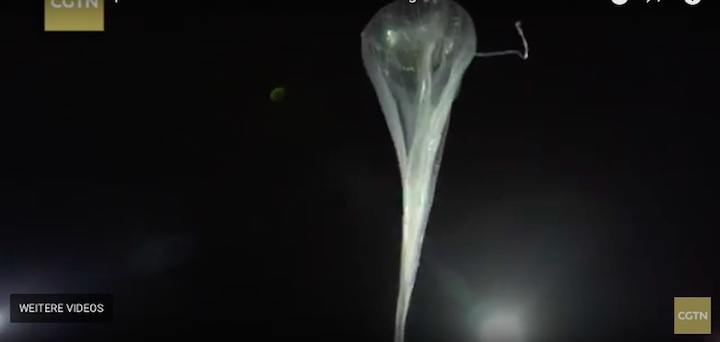
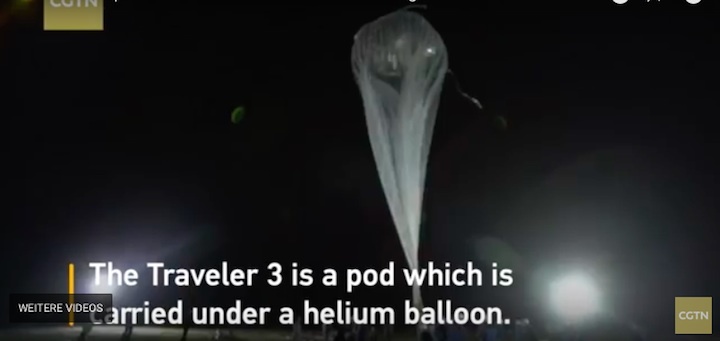
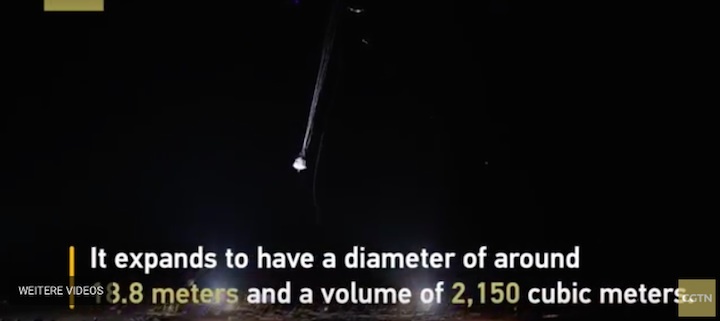
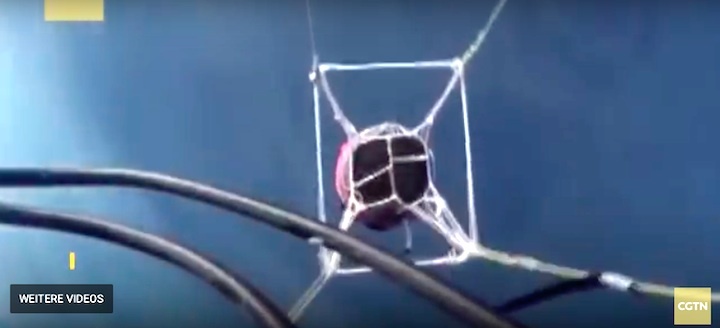
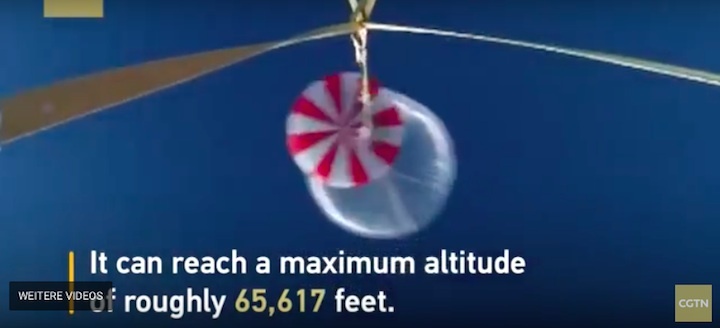
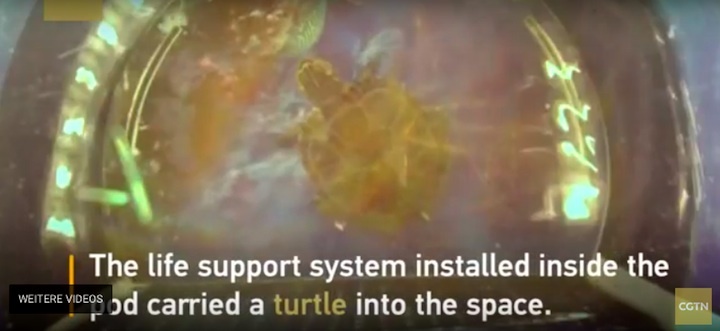
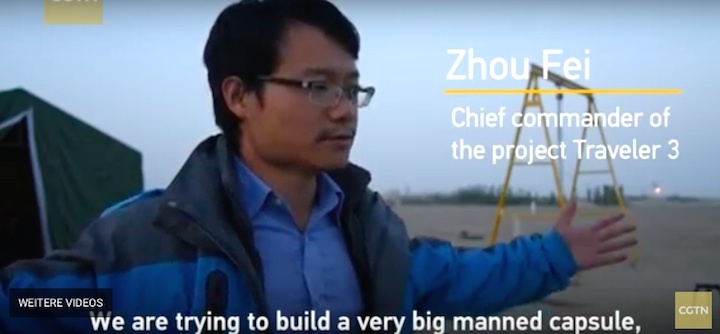
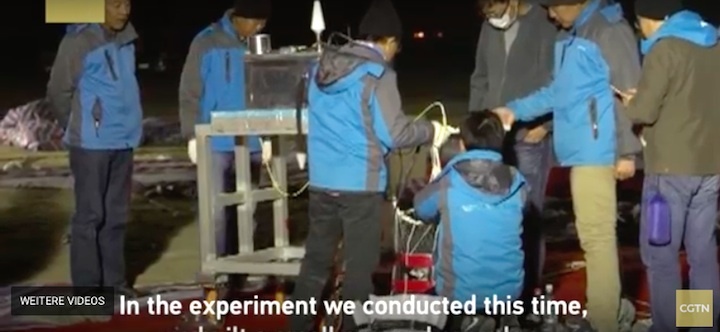
Quelle: gbtimes

